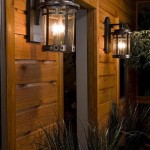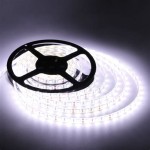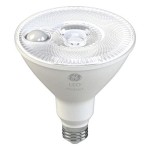Essential Aspects of V-Ray Outdoor Lighting
V-Ray is a powerful rendering engine known for its realistic and accurate lighting capabilities. When it comes to outdoor scenes, V-Ray offers a comprehensive set of features and controls to help you achieve stunning results. In this article, we will explore the essential aspects of V-Ray outdoor lighting, providing you with the knowledge and techniques to create breathtaking outdoor environments.
1. Sun and Sky System
The Sun and Sky system in V-Ray is a crucial component for simulating natural outdoor lighting. It allows you to set the position, size, and color of the sun, as well as the turbidity and ozone levels of the sky. These parameters influence the overall lighting and color balance of your scene, enabling you to create realistic skies at different times of day.
2. HDRI Maps
High Dynamic Range Image (HDRI) maps are often used in conjunction with the Sun and Sky system to capture the full range of lighting conditions in an outdoor environment. HDRI maps provide a detailed representation of the lighting environment, including direct and indirect light sources. They can be used to create stunning panoramic backgrounds and add depth and realism to your scenes.
3. Physical Sky
The Physical Sky in V-Ray is a physically accurate sky model that provides a realistic representation of the sky's behavior. It takes into account factors such as atmospheric scattering, Rayleigh scattering, and Mie scattering to simulate the natural appearance of the sky. This feature is particularly useful for creating realistic daylighting conditions.
4. Light Cache
The Light Cache in V-Ray is a global illumination algorithm that calculates the indirect lighting in a scene. By caching and reusing the indirect light calculations, it significantly reduces render times while maintaining high-quality results. This is especially beneficial for outdoor scenes with complex lighting setups, such as those involving trees, water, and vegetation.
5. Irradiance Map
The Irradiance Map in V-Ray is another global illumination algorithm that is optimized for outdoor scenes. It precomputes the irradiance (the amount of light received by a surface) and stores it in a texture map. This allows for faster rendering of indirect lighting, resulting in shorter render times and smoother surfaces.
Conclusion
Mastering V-Ray outdoor lighting is essential for creating realistic and immersive outdoor environments. By understanding and utilizing the Sun and Sky system, HDRI maps, Physical Sky, Light Cache, and Irradiance Map, you can achieve stunning lighting effects that will enhance the visual appeal of your projects. Remember to experiment with different settings and combinations to achieve the desired results and bring your outdoor scenes to life.

How To Render Night Exterior Using Vray Sketchup Ur Space

V Ray Exterior Lighting The Sweetest Bakery Sunlight

V Ray Next For 3ds Max How To Light An Exterior Day Scene

V Ray Next For Sketchup How To Light An Exterior Day Scene

Rendering Architectural Exteriors Vray Tutorial

3dsmax Vray Exterior Lighting Rendering Tutorial Best Patio Shade Structures

Rendering Architectural Exteriors Vray Tutorial

Basic Exterior Lighting In V Ray For Rhino Cg Tutorial

V Ray Exterior Lighting The Sweetest Bakery Sunlight

Easy Vray Exterior Lighting Tutorial Sun
Related Posts







